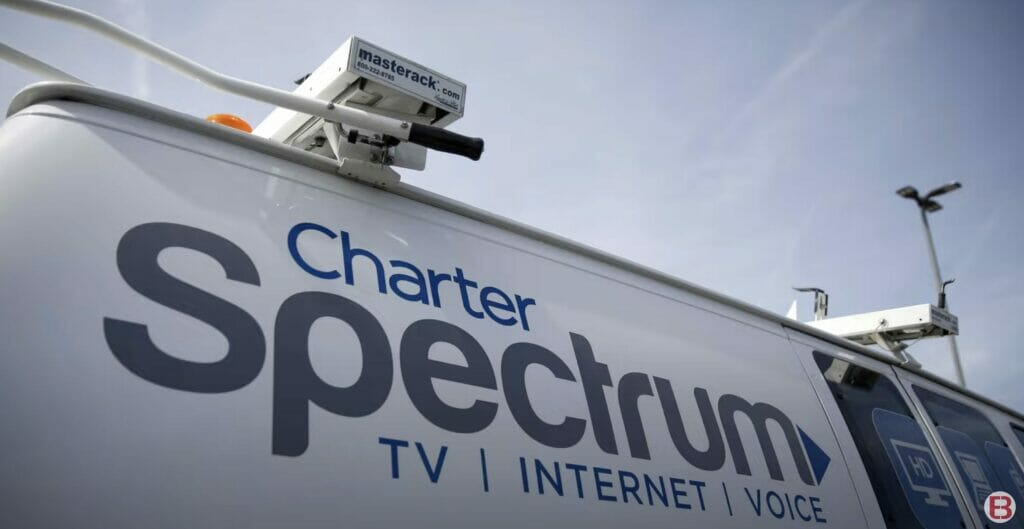In these digital times, staying connected isn’t just a luxury—it’s a necessity! But let’s face it: telecom services can take quite a chunk of our budgets. These costs add up whether it’s internet, cable TV, or mobile phone plans.
Here are my top 10 tips to save money with your provider; I’ll go through them in detail further down:
- Bundling your services
- Negotiating your bill.
- Checking for promotions and deals.
- Buying your own equipment rather than renting.
- Avoid add-ons that aren’t essential.
- Monitoring your usage.
- Regularly review your plan.
- Leverage on referral programs.
- Maximize your Wi-Fi use.
- Consider going on group or family plans.
I’m here to help guide you through the maze of options available in the market, from choosing the right plan to understanding hidden charges and delving into numerous providers that offer a range of plans tailored to various budget needs.
Savings Tips for Telecom Services: My Top 10 Ways
Let’s dive into the world of affordable telecom services, and I’ll share some handy tips on saving your hard-earned bucks.
1. Bundling Services

Combining your services can be efficient and economical. Here’s why:
- One provider: Simplify your life by working with a single telecom company. It’s easier to manage and often leads to fewer hiccups.
- Multiple services: By merging internet, TV, and phone, you can frequently unlock savings. Most providers give price breaks for these combo deals.
- Convenience: Handling one bill beats juggling several. Plus, it reduces the chances of service interruptions.
- Cost-effective: Companies reward loyalty. The more services you have with them, the more likely you’ll see some savings.
2. Negotiating Your Bill

Your bill isn’t always final. It’s worth exploring the following ways to reduce it:
- Communication: Speaking up can make all the difference. Approach your provider and discuss possible savings.
- Discounts: Providers often have hidden deals. A simple chat can sometimes unveil them.
- Customer retention: Remember, it’s pricier for them to get a new customer than to retain you. Use that leverage.
- Flexibility: Some parts of your bill, such as the monthly rate or additional services, can be negotiable.
3. Checking for Promotions and Deals
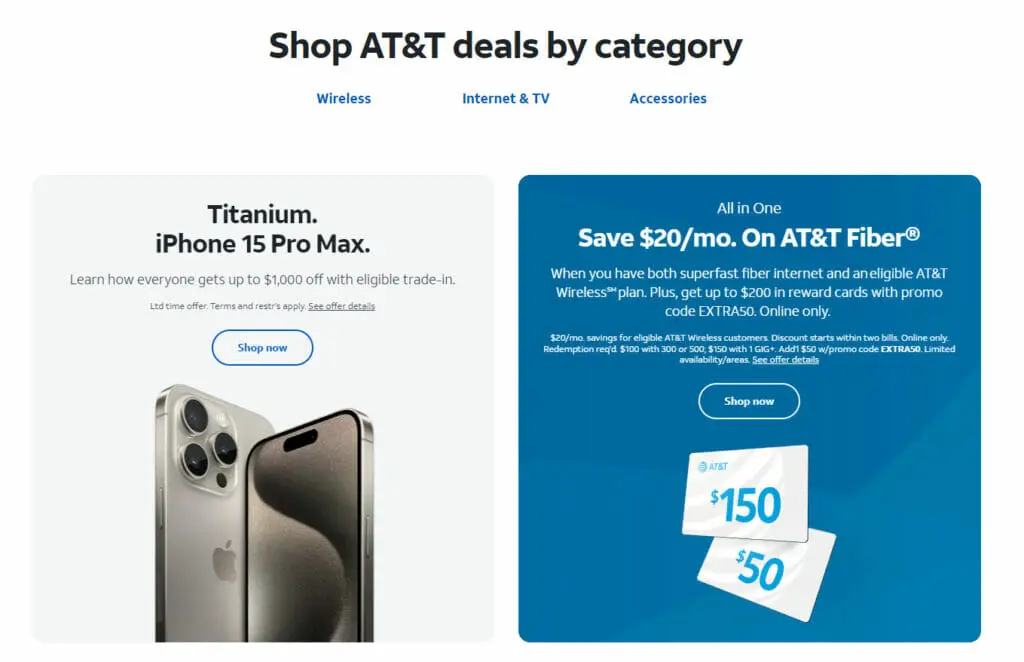
Staying updated with promotions can lead to significant savings. Here’s how to do it:
- Seasonal offers: Providers love holiday deals. Always keep an eye out during festive seasons or special events.
- New customer incentives: Companies often dangle sweet deals to attract new customers. Stay informed, and you might snag one.
- Alerts/signup: Email alerts or app notifications can be your savings sidekick. Be the first to know about new offers.
- Limited-time: These deals won’t last forever. If you spot one, grab it!
4. Purchasing Equipment

Owning your equipment can be a strategic choice. Here’s why:
- Upfront investment: A higher initial cost can lead to bigger savings. It’s about playing the long game.
- Long-term savings: By owning, you cut out monthly rental fees. Over time, that piece of equipment pays for itself.
- Avoid rental fees: Those monthly fees can sneak up on you. Save by purchasing outright.
- Ownership: You get to pick the best in the market. No settling for subpar rented gear.
5. Avoiding Unnecessary Add-ons
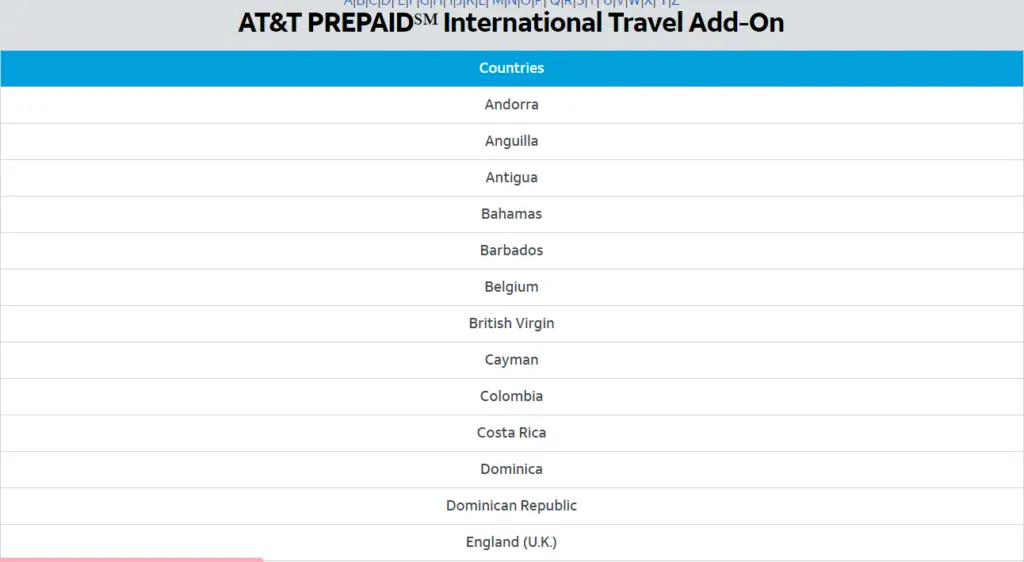
It’s easy to end up with more than you need. Stay mindful of the following:
- Essential features: Stick to what you need. Every added feature is an added cost.
- Avoid extras: Companies love upselling. Resist the temptation to keep costs down.
- Cost accumulation: Those little costs can become one big bill. Think long-term.
- Needs vs. wants: Prioritize. If it’s not essential, maybe it’s not necessary.
6. Monitoring Your Usage
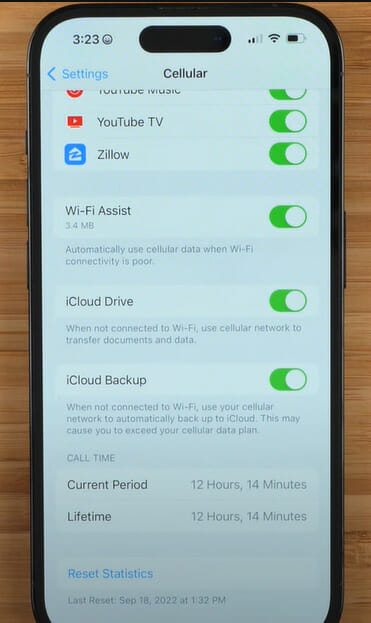
Keeping track of your consumption can lead to better plan choices. Consider these tips:
- Data consumption: Regularly review your data use. A downgrade might be in order if you’re under your cap.
- Channel viewing: Pay for what you watch. If most channels go untouched, consider switching packages.
- Usage patterns: Know your habits. Adjust your services accordingly.
- Adjust plans: If there’s a plan that fits your habits better, make the switch.
7. Regularly Review Your Plan

The telecom industry is dynamic. Stay updated with these methods:
- Market Comparison: The telecom world is always changing. Periodic reviews ensure you’re still on the best deal.
- Plan Evolution: As new plans emerge, there might be a better fit for you. Stay updated.
- Better Deals: Never settle. Always be on the hunt for a more cost-effective package.
- Switching: Loyalty is great, but consider the move if a better deal arises elsewhere.
8. Leverage Referral Programs

Referring to friends and family can be beneficial. Here’s why:
- Recommendations: Spread the word about good service. Referrals can lead to rewards.
- Discounts/Credits: Many companies offer perks for bringing in new customers. It’s a win-win for both parties.
- Word-of-mouth: A trusted recommendation goes a long way. And it can come with benefits.
- Mutual benefits: You save, your friends save. It’s a group win.
9. Maximize Wi-Fi Use

Being strategic with Wi-Fi can prevent unexpected costs. Here’s how:
- Avoid data overages: Use Wi-Fi for data-heavy tasks. It saves you from unexpected mobile data costs.
- Connect to available networks: Make it a habit to connect to Wi-Fi whenever possible. Preserve that mobile data for when it’s truly needed.
- Data-heavy tasks: Always wait for Wi-Fi for big downloads. There is no sense in burning through mobile data unnecessarily.
- Save mobile data: You can use it smartly to avoid those pesky overage charges.
10. Consider Group or Family Plans
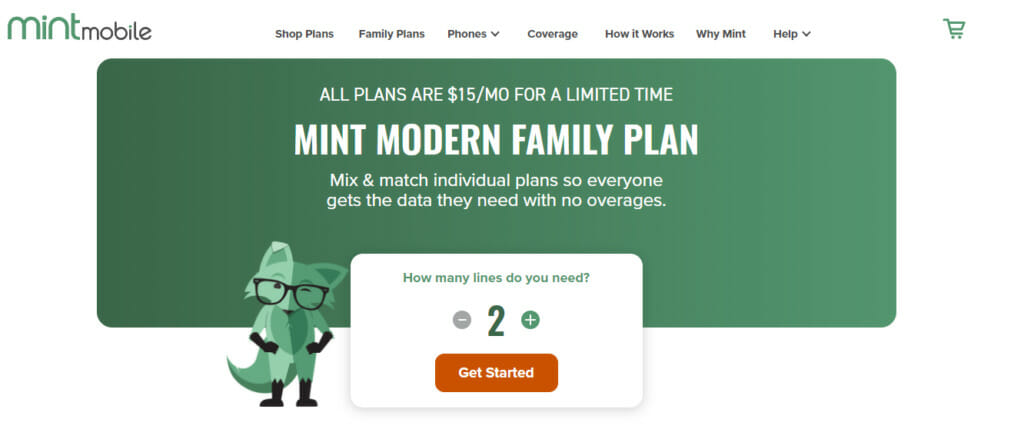
Pooling resources can lead to better rates. Here’s the breakdown:
- Pool resources: Team up and share the costs. It often results in a better per-person rate.
- Per-person rate: Group plans can be far cheaper than going solo. Teamwork for the win!
- Collective savings: Everyone chips in, and everyone benefits. It’s communal cost-saving.
- Shared benefits: The group enjoys the perks. It’s all about sharing the love and the savings.
Providers Offering Affordable Telecom Services in America
Navigating the landscape of telecom services can be a challenge, but rest assured; there are options aplenty tailored for all kinds of budgets. Let’s dive into various providers catering to different needs and wallets.
The table below provides a snapshot of various service providers, the types of services they offer, the pricing structures, and any notable details or features that set them apart.
| Provider | Service Type | Price Range | Notable Details |
|---|---|---|---|
| Cricket Wireless | Mobile | $30 to $60/month | No-contract, budget-friendly mobile plans |
| Mint Mobile | Mobile | $15 to $30/month | Low-cost monthly plans based on data limits |
| Straight Talk | Mobile | $35 to $55/month | No-frills, affordable plans |
| Spectrum | Internet | $45 to $105/month | Promotional rates for new customers |
| Lifeline Plans | Varies (mostly mobile) | As low as $10/month | For eligible individuals in the Lifeline program |
| AT&T Access | Internet | $10/month | For qualifying low-income households |
| Comcast Internet Essentials | Internet | $10/month | For eligible low-income households |
| Cox Communications | Internet | $30 to $100/month | Regional provider in Southwest and Southeast |
| Frontier Communications | Internet | $30 to $80/month | Offers DSL, fiber, and cable in select regions |
Major National Providers
These names stand out when we talk about the big guns in telecom. They span coast to coast, bringing a mix of reliability, extensive coverage, and diverse plans that cater to a broad spectrum of consumers.
AT&T

- Known for diverse plans and bundling options.
- Mobile plans range from $35 to $75/month. Internet plans vary from $45 to $60/month, depending on speed and location.
Verizon

- Offers competitive plans, especially for families and businesses.
- Mobile plans range from $40 to $90/month. Home internet prices can vary based on region and speed.
T-Mobile

- Renowned for inclusive plans with numerous features.
- Mobile plans range from $40 to $85/month.
Comcast (Xfinity)

- Provides internet and cable TV with various bundling options.
- Internet plans vary from $25 to $70/month, depending on speed and promotions.
Discounted or Budget-Friendly Options
These providers have your back for those keeping an eye on the purse strings without compromising quality. Offering competitive services at pocket-friendly rates, they ensure staying connected doesn’t have to break the bank.
Cricket Wireless

- A subsidiary of AT&T, it offers no-contract, budget-friendly mobile plans.
- Mobile plans typically range from $30 to $60/month.
Mint Mobile

- Operates on T-Mobile’s network and provides low-cost monthly plans.
- Based on data limits, plans start as low as $15/month and can go up to $30/month.
Straight Talk

- No-frills, affordable plans using towers of major carriers.
- Plans generally range from $35 to $55/month.
Spectrum

- Offers promotional rates for new customers and competitive bundles.
- Internet plans can range from $45 to $105/month based on speed and bundling.
Special Plans for Low-Income Households
Everyone deserves access to communication, regardless of their financial situation. Recognizing this, several providers offer special plans tailored for low-income households, ensuring that essential services remain within reach for all.
Lifeline Plans

- Many providers offer specific plans for those eligible for the Lifeline program.
- Prices can be as low as $10/month for qualifying individuals.
AT&T Access

- Discounted internet service for qualifying low-income households.
- Internet service is typically $10/month for qualifying low-income households.
Comcast Internet Essentials

- Affordable internet service for eligible households.
- Internet service is around $10/month for eligible households.
Regional Providers
Local does not mean limited. While perhaps not as widespread, these regional telecom providers offer personalized services, often with a touch of local flavor and an understanding of specific regional needs.
Cox Communications

- Predominantly in the Southwest and Southeast regions.
- Internet plans generally range from $30 to $100/month.
Frontier Communications

- Offers DSL, fiber, and cable internet in select regions.
- Internet plans can vary from $30 to $80/month.
Frequently Asked Questions
Q: How often should I renegotiate my telecom plan?
A: Give it a check at least once a year. Promotions, plans, and your own needs can change. Staying on top of it ensures you’re always getting the best deal.
Q: Are there penalties for switching providers frequently?
A: Often, there can be. If you’re in a contract, there might be early termination fees. Always read the fine print before making a move.
Q: How do I know if I’m eligible for low-income telecom plans?
A: Eligibility usually depends on household income and participation in certain federal assistance programs. You’ll need to check directly with providers or visit the Lifeline website to see if you qualify.
Q: Can I buy my own modem or router instead of renting?
A: Absolutely! It’s a smart move for long-term savings. Just ensure the equipment you buy is compatible with your service provider.
Q: Can I still change my plan if I’m under contract?
A: It depends on the provider, but most allow plan changes without penalty. However, always confirm before making any switches to avoid unexpected fees.
Q: Why do I see different prices for the same service in different regions?
A: Costs can vary based on infrastructure, competition, and regional agreements. It’s all about the local dynamics of the telecom market.
References
Website Resources:
- WhistleOut. http://www.whistleout.com/
- BroadbandNow. http://www.broadbandnow.com/
- MoneySavingPro. https://www.moneysavingpro.com/
- Lifeline Support. http://www.lifelinesupport.org/
Video References:
Frontier
COX
EB3 Studios
Straight Talk
Mint Mobile
Cricket Wireless
Xfinity
T-Mobile
Verizon
AT&T
Michael Saves
Stetson Doggett


